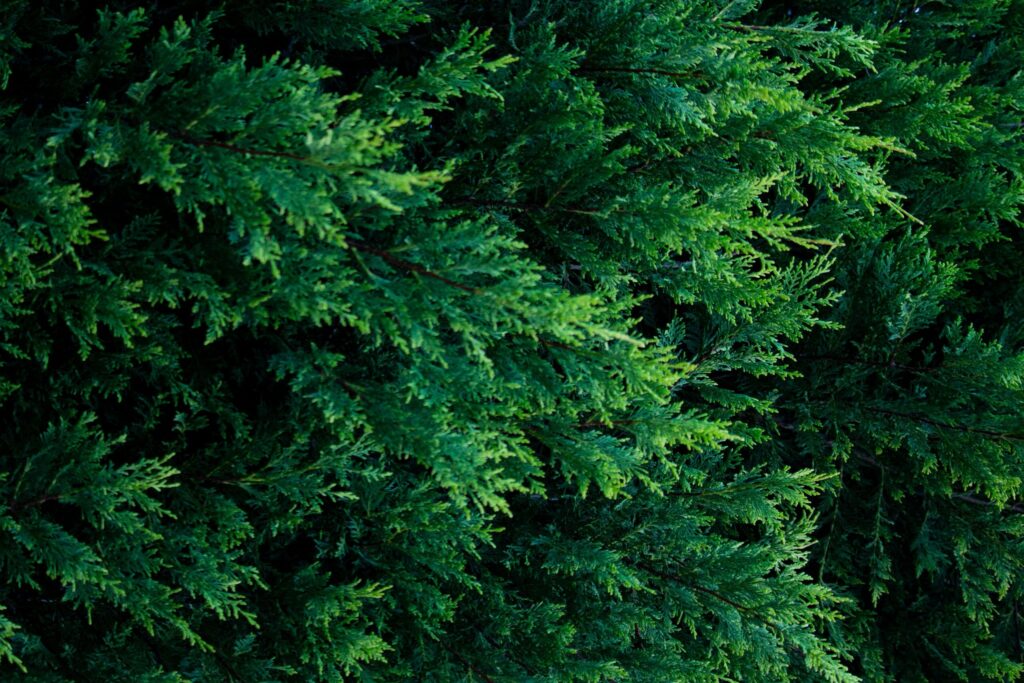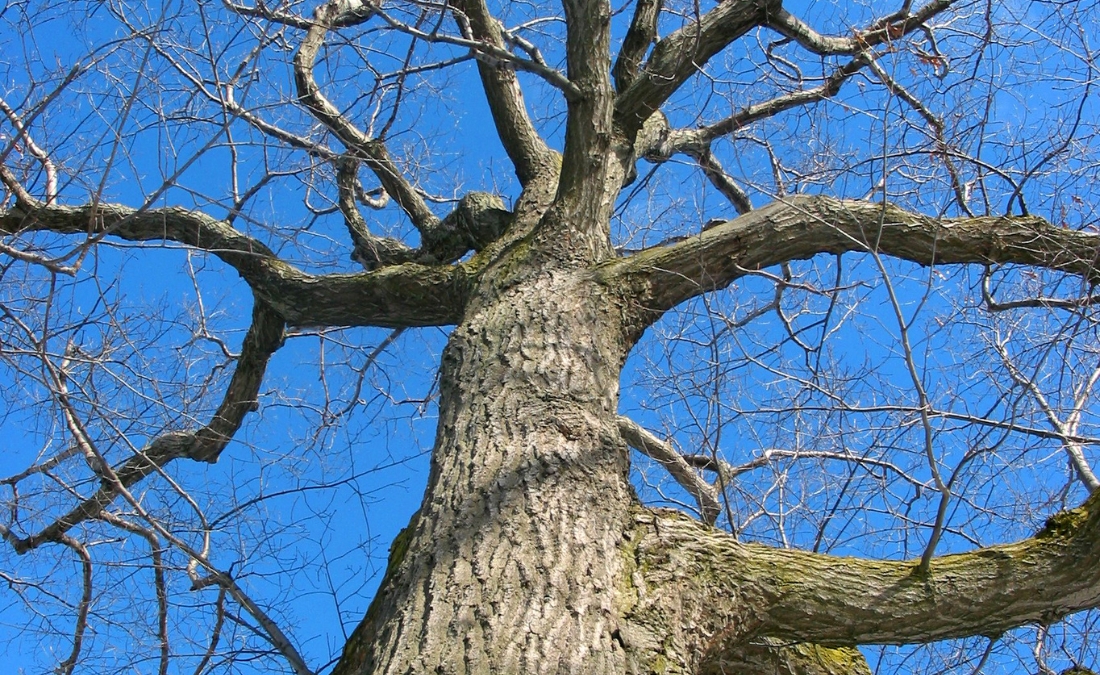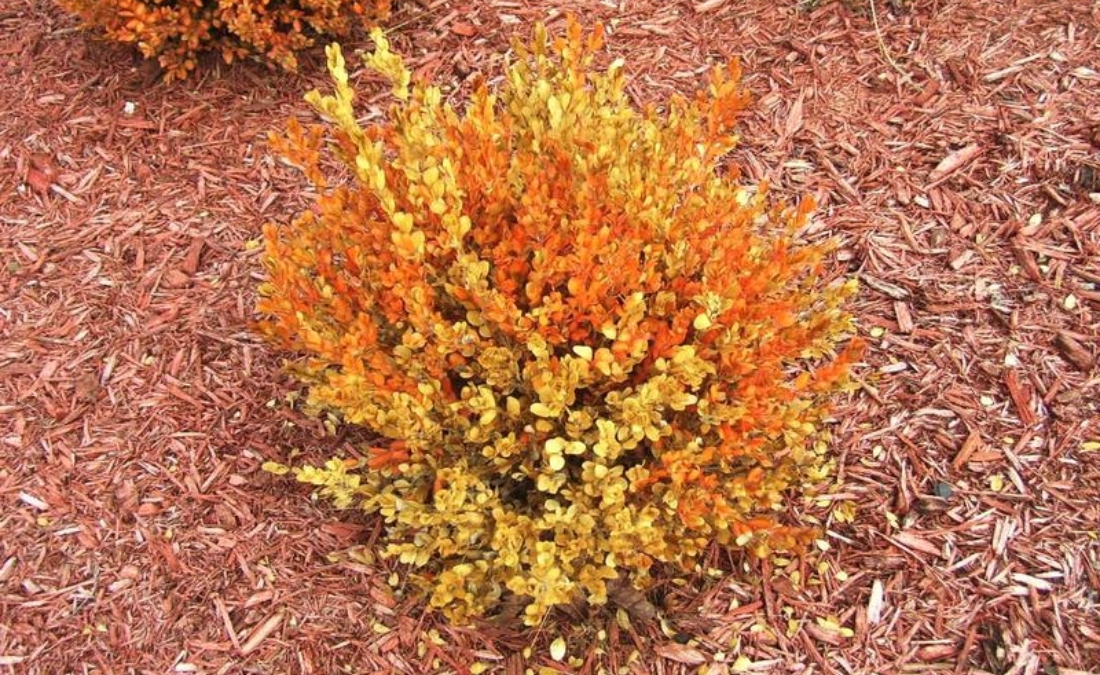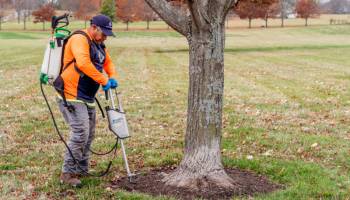Cedar Trees of Texas
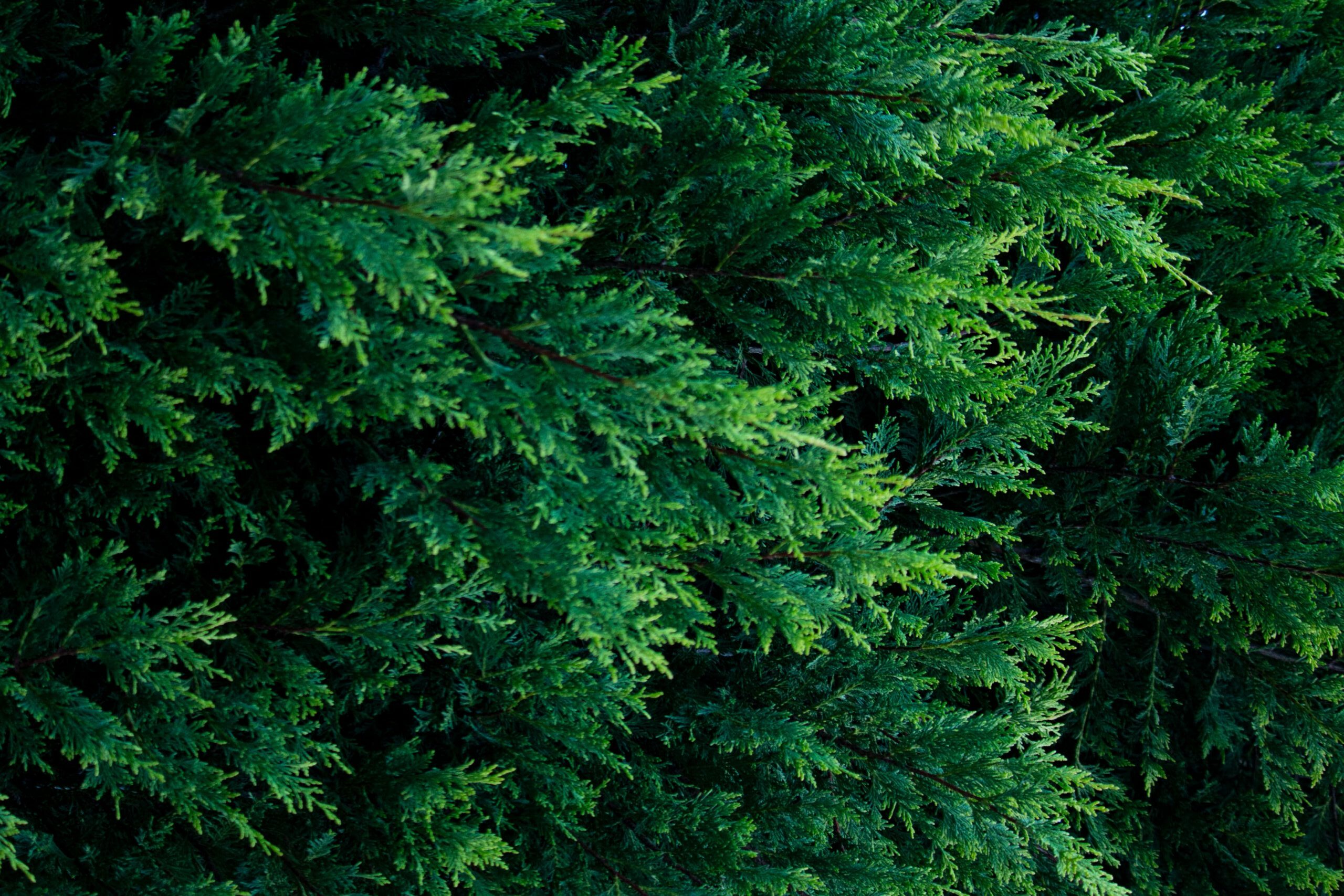
In the vast state of Texas, the cedar tree stands as a symbol of strength and endurance, shaping the state's natural landscape.
Exploring the Majestic Cedar Trees of Texas
In the vast state of Texas, the cedar tree stands as a symbol of strength and endurance, shaping the state’s natural landscape. Also known as Ashe junipers or mountain cedars, these evergreens are more than picturesque; they play a crucial role in the state’s identity. Join us as we delve into the world of these ancient guardians, exploring their significance in Texas’ natural heritage.
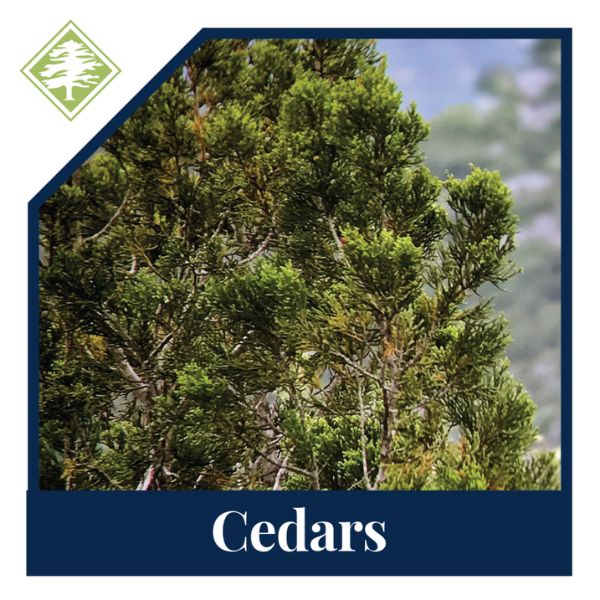
What is a Cedar Tree?
Cedar trees, resilient and adaptable, thrive in Texas’ challenging conditions, using deep roots to survive rocky landscapes and limited rainfall. They contribute to ecological harmony by preventing soil erosion, maintaining environmental balance and providing a haven for wildlife. In the embrace of cedar branches, birds find shelter, while the seeds and berries foster biodiversity, creating a lively ecosystem around these enduring trees.
Cedar trees showcase unique characteristics that set them apart, including:
- Shape: They have a cone-like shape, and their thick leaves create a green covering that lasts all year.
- Height: These trees are tall and strong, usually reaching heights of 30 to 40 feet. This adds to the recognizable shape of the Texan hills.
- Lifespan: Cedar trees can live for many decades, showing how tough and resilient they are.
Beyond their ornamental presence, cedar trees offer practical benefits, making them invaluable to both the environment and human activities. Benefits include:
- Versatile Wood: The wood harvested from cedar trees is renowned for its aromatic scent and durability, finding diverse applications.
- Craftsmanship and Construction: Cedar wood is a preferred material for crafting rustic furniture and building materials, contributing to its widespread use in various industries.
- Essential Oils Production: Cedar wood serves as a key source for the production of essential oils, which have a range of applications, from aromatherapy to fragrance.
- Natural Pest Deterrent: The natural oils within cedar wood act as a deterrent to insects and fungi, making it highly desirable for creating storage chests and closets. This natural quality provides an effective means of preserving fabrics.
 Are Cedar Trees Native to Texas?
Are Cedar Trees Native to Texas?
Cedar trees, specifically the Ashe juniper or mountain cedar, are native to Texas. These evergreen trees are well-adapted to the diverse and often challenging environments found throughout the state. They have a history as old as Texas itself, intertwined with the lives of Native communities and early settlers. Understanding their past helps us see how cedar trees became a part of the cultural fabric of the state.
Here are some key historical aspects:
- Native American Uses: Cedar trees held significant cultural and practical importance for Native American communities. Tribes like the Comanche used cedar wood for marker trees, crafting tools and shelters. The aromatic qualities of cedar were also valued in ceremonies and rituals.
- Pioneer Settlements: Early European settlers in Texas recognized the durability and versatility of cedar wood. They utilized it in the construction of homes, fences and furniture. Cedar’s natural resistance to insects and decay made it a valuable resource for the survival and sustainability of pioneer communities.
- Cedar Fever and Allergies: Ashe junipers, particularly, are notorious for releasing large amounts of pollen during the winter months. This phenomenon, known as “cedar fever,” can cause allergic reactions in some individuals. The impact of cedar allergies has become a notable aspect of Texas history, influencing health practices and public awareness.
- Land Use and Ranching: Cedar trees have played a role in shaping the landscape for ranching in Texas. Ranchers have grappled with the encroachment of cedar trees into grasslands, affecting grazing areas for livestock. Historical land management practices often involved clearing cedar to improve pastures and maintain a balance in ecosystems.
- Conservation Efforts: Over the years, conservationists and environmentalists have recognized the importance of preserving cedar trees in Texas, as well as across the nation. Efforts have been made to strike a balance between managing the growth of cedar trees and maintaining their ecological contributions. These initiatives aim to prevent habitat degradation and protect the biodiversity associated with cedar-dominated landscapes.
- Cultural Symbolism: Cedar trees have become symbolic elements in Texan folklore and culture. Their enduring presence and adaptability reflect qualities admired by Texans.
Types of Cedar Trees in Texas
Let’s explore the diverse array of cedar trees that thrive in Texas, each offering distinctive features and playing a significant role in the vibrant natural mosaic of the Lone Star State.
Rock Cedar
- Distinct Features: Rugged, irregularly shaped branches, dense needle-like foliage, reddish-brown exfoliating bark and a compact, low-growing form showcase adaptability.
- Ecological Role: Serves as a soil stabilizer, preventing erosion in rocky areas, providing shelter and nesting sites for wildlife and offering crucial food sources for birds and small mammals.
- Cultural and Historical Significance: Valued by indigenous communities for tools and construction, appreciated for aromatic qualities in ceremonies and recognized by early European settlers for durability in construction.
Redberry Juniper
- Distinct Features: Vibrant red berries, fresh and aromatic needle-like foliage and an upright, pyramidal shape with reddish-brown bark complementing its name.
- Ecological Role: Contributes to biodiversity by providing a wildlife food source, aids soil stabilization, prevents erosion and offers shelter and nesting sites for birds in various Texas environments.
- Cultural and Historical Significance: Historically utilized by Native American communities with cultural and spiritual significance, playing a role in traditional medicine.
Oakbark (Alligator Cedar)
- Distinct Features: Rugged, textured appearance with dark, furrowed bark, needle-like foliage and a generally conical or pyramidal shape.
- Ecological Role: Contributes to soil stabilization in rocky regions, provides habitat and food for wildlife and plays a crucial role in preventing soil erosion and maintaining ecological balance.
- Cultural and Historical Significance: Historically used for tools and construction, featuring bark with unique cultural symbolism.
Drooping Cedar
- Distinct Features: Gracefully drooping branches, feathery needle-like foliage, broad and spreading canopy and reddish-brown exfoliating bark.
- Ecological Role: Provides valuable bird habitat, contributes to soil stabilization, preventing erosion and offers protection for small mammals and insects in Texan woodlands.
- Cultural and Historical Significance: Historically used by indigenous communities, including crafting tools and possibly for construction. The tree’s distinctive appearance, with gracefully drooping branches, may have contributed to its regional recognition and appreciation.
Mountain Red Cedar
- Distinct Features: Vibrant red wood, fresh aroma, pyramidal growth and exfoliating bark in thin strips.
- Ecological Role: Adaptable to diverse elevations, contributes to soil conservation, prevents erosion, provides habitat and food for wildlife and displays resilience in harsh conditions, maintaining ecological balance.
- Cultural and Historical Significance: Symbolizes cultural and spiritual significance, evolving over time to become an emblem of resilience in the Texan highlands.
One-Seed Cedar
- Distinct Features: Small cones, single seed, needle-like foliage with a delicate texture, narrow columnar shape and variable bark color.
- Ecological Role: Adaptable to diverse soil types, thriving in dry, rocky environments, contributes to soil conservation and provides habitat and food for local wildlife.
- Cultural and Historical Significance: Historically used by indigenous communities for tools and traditional medicine, with its subtle beauty revered by admirers.
Arbor Masters – Your Go-To Source for Tree Care Services
Embarking on a Texan journey, each cedar species adds a distinctive touch to the Lone Star State’s landscape, ranging from the rugged beauty of the Rock Cedar to the simple elegance of the One-Seed Cedar. These trees are like protectors, contributors, and cultural symbols intertwined with Texas’ history and environment. While we admire their unique features and understand their role in nature, let’s dig into their stories and significance. Each branch and needle shares a piece of Texas, encouraging us to value, learn and create a meaningful connection with these evergreen trees that enrich our home landscapes.
If you’ve got questions, Arbor Masters is your go-to tree source. Trees trust us, and you should too. From expert tree pruning, plant health, storm cleanup and disaster recovery, our certified arborists handle it all with the highest standards. Contact us today for a quote!
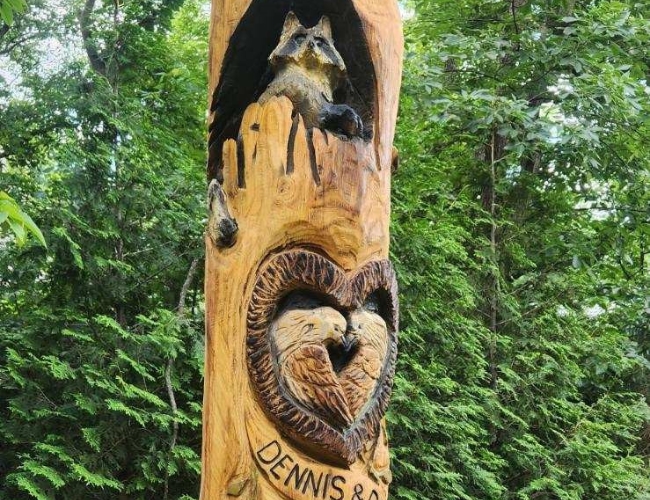
Get the latest local news, tree care tips, special offers, and company updates directly to your inbox! It's easy to subscribe and there's no spam - we promise.
"*" indicates required fields

